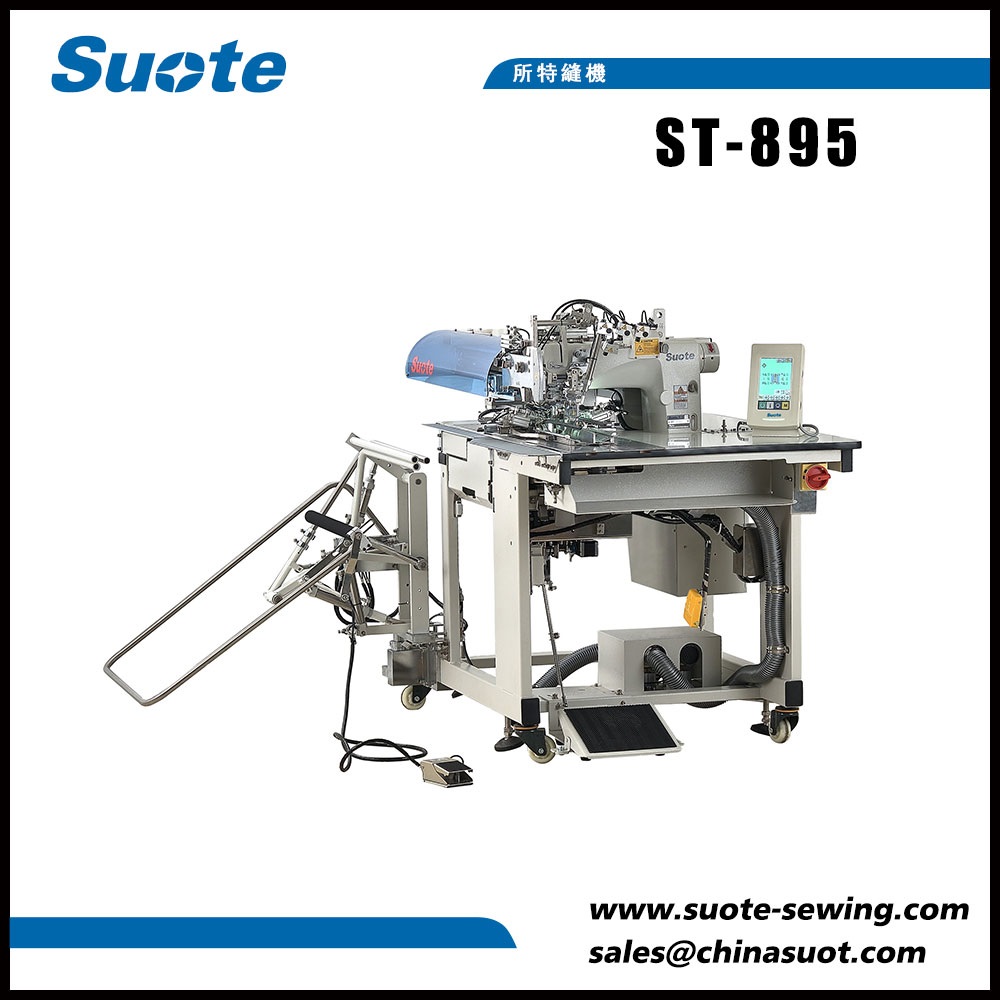What is the working principle of an automatic pocket welting machine?
In modern packaging production, the automatic pocket welting machine is a key device for achieving automated packaging. With its high-efficiency and precise sealing performance, it has become an important equipment on the production lines of industries such as food, medicine, and chemicals. Its working principle integrates mechanical transmission, temperature control, and electrical automation technologies, with multiple systems working in coordination to complete standardized sealing, providing technical support for enterprises to improve packaging efficiency and ensure product sealing.

Mechanical Transmission
The automatic pocket welting machine uses a conveyor belt as its core, with a motor driving the roller group to move the packaging containers. When the pocket enters the sealing area, the positioning sensor activates the mechanical arm, and the two side pressing devices press down to fix the bag opening, ensuring a flat and aligned seal. The gear rack and cam linkage mechanism work together to achieve a pressing device lifting and lowering accuracy of 0.5mm, preventing bag opening deviation and affecting sealing quality. The conveyor belt speed can be adjusted through a frequency converter to accommodate different pocket specifications, with a maximum conveying efficiency of 60 bags per minute.
Heating Sealing
The heating module uses nickel-chromium alloy heating wires, and the temperature is precisely controlled between 100 -300℃ through a PID temperature controller. When the pocket reaches the heating zone, the upper and lower heating plates close, and the heating wires radiate heat to melt the bag opening material. Taking polyethylene (PE) as an example, heating at 180 -220℃ for 1.5 -3seconds causes the material molecular chains to break and then recombine. The cooling system uses air or water cooling, and after the heating plates are removed, the temperature drops rapidly, solidifying the molten layer, and the sealing strength reaches over 85% of the material's original strength.
Electrical Control
The PLC controller is the core of the system, coordinating all modules according to the preset program. The operation panel human-machine interface (HMI) can set parameters such as sealing temperature, pressing time, and conveyor belt speed, with real-time data transmission to the PLC for processing. Photoelectric sensors monitor the pocket's position, and if the bag opening is improperly placed, an alarm will sound and the machine will stop, with a misjudgment rate of less than 0.3%. Some high-end models integrate IoT modules, uploading sealing qualification rate, energy consumption, and other operational data to the factory management system through industrial Ethernet, facilitating production optimization.
Application Expansion and Technology Upgrade
In food packaging, the automatic pocket welting machine is often used in conjunction with an inflation device to achieve preservation through vacuuming, nitrogen filling, and then heat sealing. In the pharmaceutical industry, aseptic-grade stainless steel models are used, equipped with ultraviolet sterilization modules, meeting GMP production standards. With the application of servo motor technology, the positioning accuracy of the new generation of equipment has been improved to ±0.2mm, and infrared temperature imaging technology is used to monitor the sealing temperature in real time, further enhancing the stability of sealing quality.






